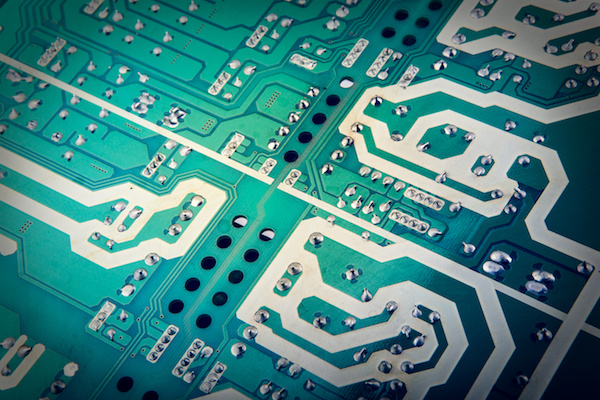Electronic components can be harmed by environmental conditions and they must either be made to withstand those conditions or an effective maintenance program needs to be developed to keep the components clean. Among the environmental conditions that can negatively affect electronic components are moisture from humidity and dust particles. Here is a brief discussion on how each of these conditions affects electronic components and what can be done to relieve those conditions.
Humidity
Humidity can adversely affect electronic components because of high moisture levels. Moisture can develop inside the component if it undergoes rapid temperature changes either by the component heating up after extended periods of usage or because the ambient temperature changes when a component is moved from a cold setting to a warm setting like when a laptop is taking from a cold car in the winter into a heated office setting.
The rapid temperature change can cause moisture droplets to develop inside the components. The droplets, when it gets on the circuit board, can cause a circuit board to short-circuit and burn out. If this happens, the electronic component will fail and need to be repaired or replaced.
The solution is to control the amount of moisture inside the electronic component. The moisture can be controlled through the proper design of the components. Since condensation develops when the temperature inside the components is different than the ambient temperature outside of the component, the design of the component has to incorporate methods to either equalize the temperatures or make the temperature inside the component higher than the outside temperature to prevent condensation from building up inside the component.
This can be accomplished in several ways. For example, a heat exchanger can be installed to absorb the heat and move it away from the circuit board. Proper ventilation of the component is also used to move moisture away from the circuit board to keep it safe.
Dust Particles
Dust particles can enter into electronic components that are not completely sealed off from the surrounding environment. When the dust particles settle inside a component, the dust covers the electronic components and cause them to overheat. The electronic component can either start to run slowly or not at all. The heat inside the component can become so hot that the insulation on the wires inside of it can change colors. This occurs most rapidly when the ambient temperatures start to warm up when the seasons move from winter to summer.
Fans are often used to cool down the inside of an electronic component and it is the action of the fan which pulls dust particles into it. One way to determine if this is happening to you is that the fan will start to get louder as it works harder to cool down the central processing unit (CPU) inside of your computer. CPUs and other chips typically have a heat sink that acts as a heat exchanger. Heat sinks are metal blocks that have fins that the cool air blows on. The heat sink transfers the heat from the CPU and an internal case fan then blows the heat out of the component. If the fins on the heat sink fill up with dust particles, the component will eventually overheat and fail.
The method is to counteract the buildup of dust is not done by a design alteration. Instead, you will have to take action to remove the dust particles from inside the component. The best way to do this is to get a can of compressed air. You will usually have to take the casing off of the electronic component to reach the areas that need to be cleaned. Take off the casing and blow the air onto the heat sinks and fans to remove the dust. You must be careful to not blow the dust onto other components like laser beams found in DVD players. You should set up a regular maintenance plan to clean the inside of your electronic components that use fans to cool them down. Components should be cleaned at least once a year under normal dust conditions, but if the component is used in heavy dusty conditions, it should be done once every six months or so to ensure the component functions as intended.
If you have any questions on how environmental conditions affect electronic components, call us a Hallmark Nameplate. We can answer any questions you might have.




